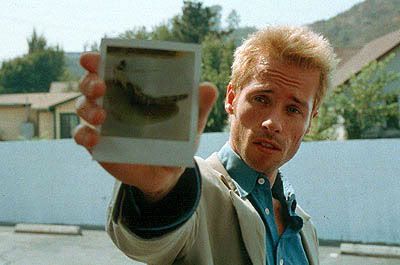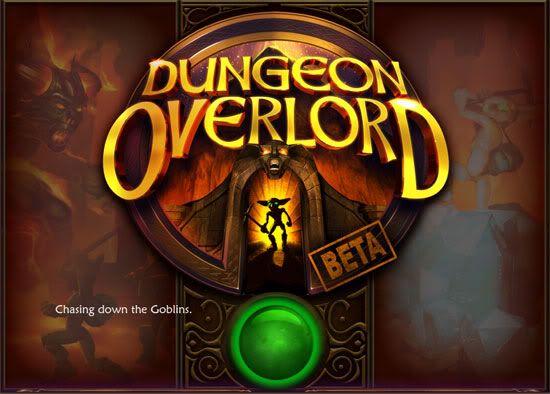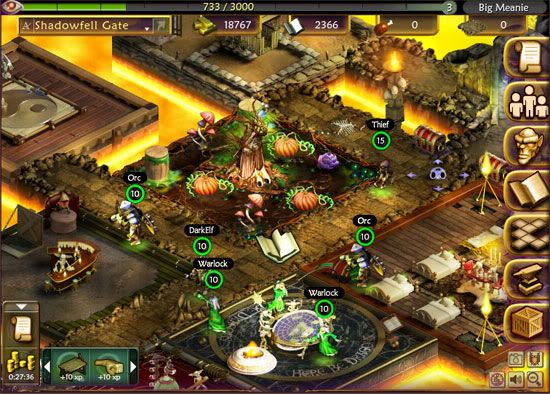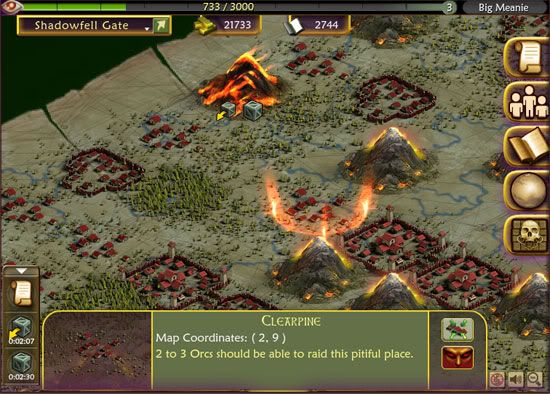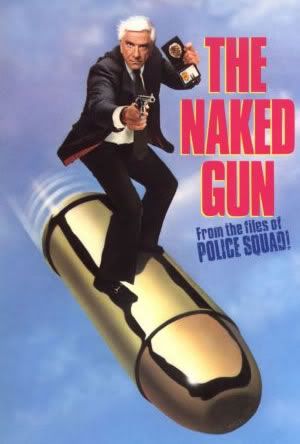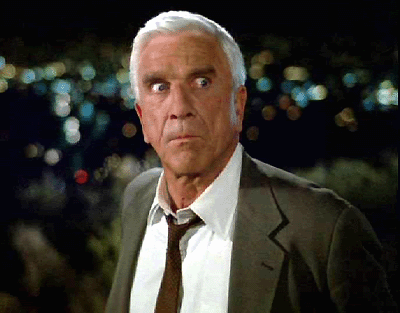
I know this is an issue that has been addressed elsewhere. In the majority of modern first-person shooters, even ones touted for their realism, all you have to do in order to survive a firefight in which you’ve been wounded is crouch behind a chest-high wall. Your health regenerates by itself. I’m not entirely sure when this trend began, but it’s removed an element of risk from those games and made them easier than they necessarily need to be.
A similar problem crops up in storytelling from time to time. Rather than carefully constructing the narrative with disparate and possibly contradictory plot threads in the beginning to be woven together at the end, some stories have no qualms about stating everything for the audience as plainly as possible. And some of these tales become embarassingly popular, as the bland plotlines and flat characters spoon-feed ‘entertainment’ to the waiting masses. Go back and watch how many times Anakin & Padme say they’re in love in comparison to the times when they actually show it. Watch Shia LeBouf project danger and tension by yelling a lot instead of wearing an expression other than dull surprise. Listen to the delivery of lines in a Gears of War, God of War or Call of Duty sequel and see if you can discern emotions other than those related to macho swagger.
Now, I’m not saying every game has to be a Killer7 or a BioShock. Not every film will be able to match The Usual Suspects or Inception. Few novels will measure up to A Game Of Thrones or Oryx and Crake. Consider me to be of the opinion that writers who make an attempt to show what’s going on instead of just telling, who opt to challenge their audience rather than making things easier on them, are going to be met with more success and repeat business. Let doubts linger in the shadows of the narrative and characters keep their agendas hidden until the last possible moment. This will engage the audience and make them invested in seeing the story through until the end.
Going back to the bit about regenerating health, the point I’m trying to make is that the player should be empowered to determine how much they risk and how often. If I’m playing Half-Life 2, I might pass up a health station because I know there’s a hard firefight right around the corner. In Dragon Age I churn out health poultices and study Spirit Healer spells to keep my party alive during combat. Some forethought has to be invested, but the end result is a more rewarding experience that I’m interested in repeating.
Writing really isn’t all that different.


